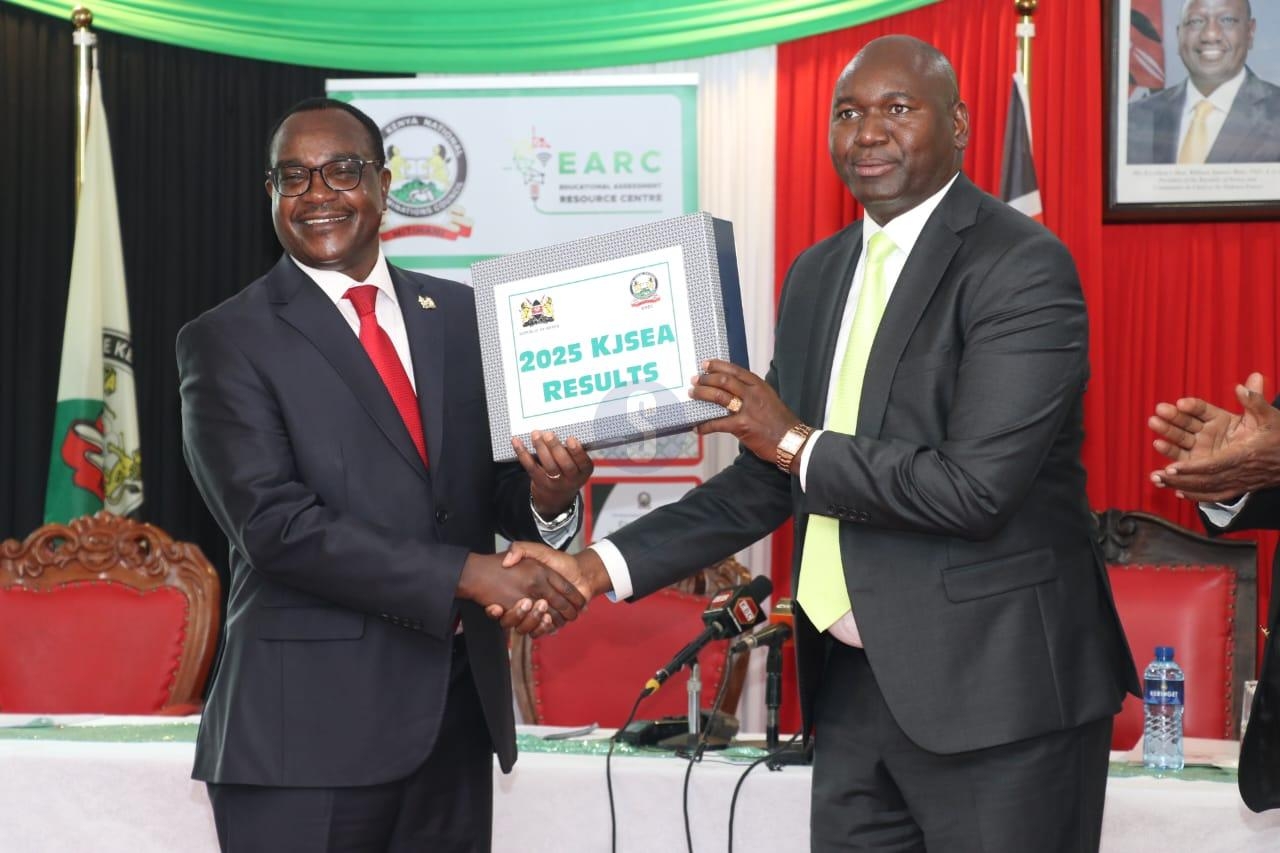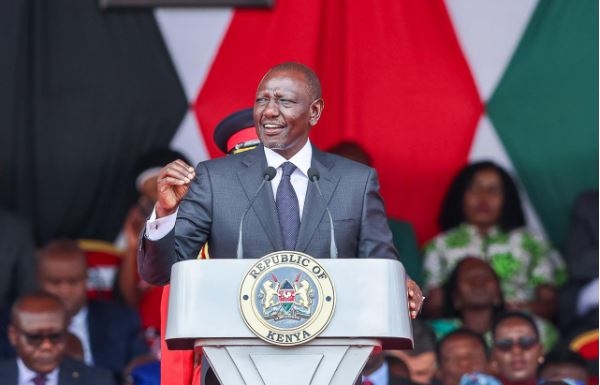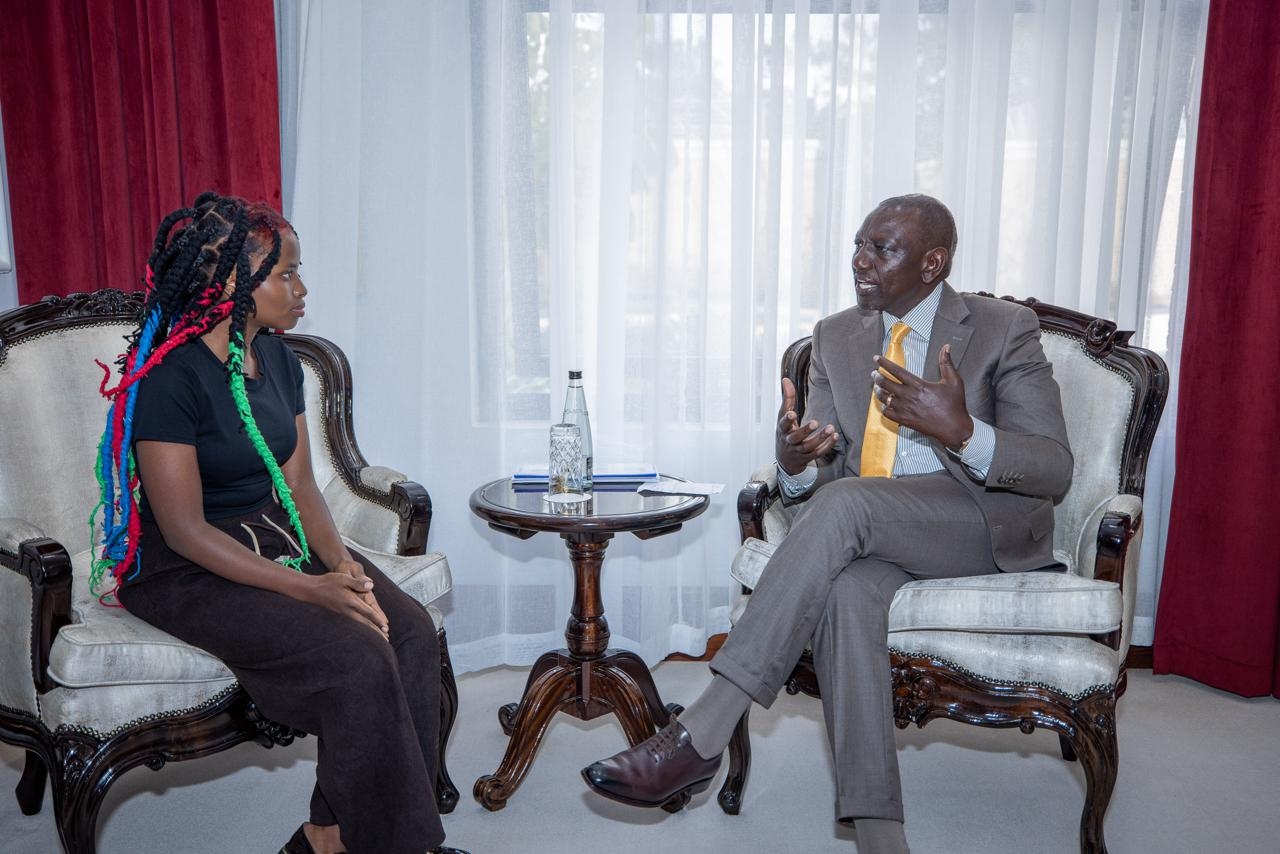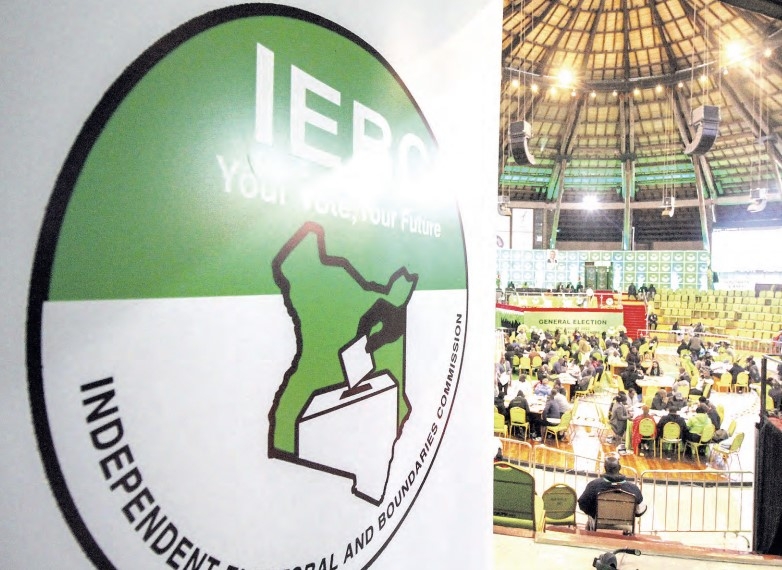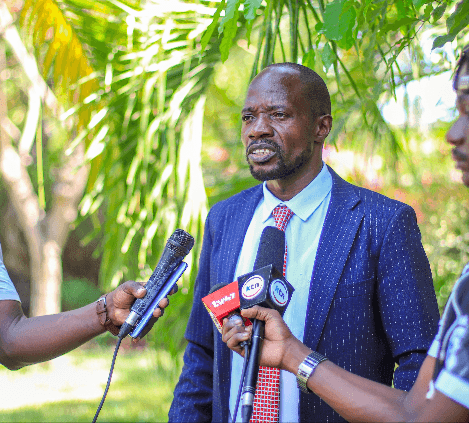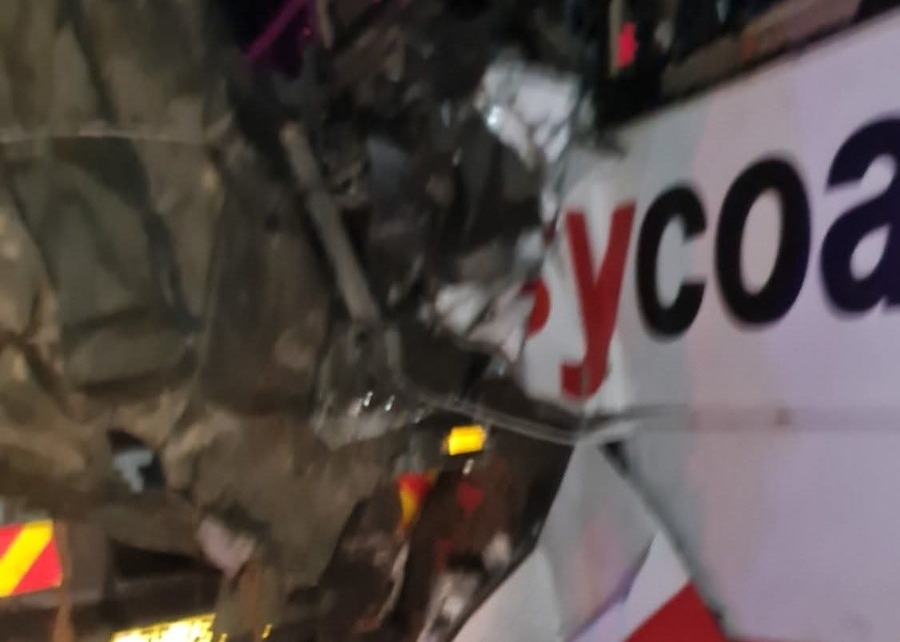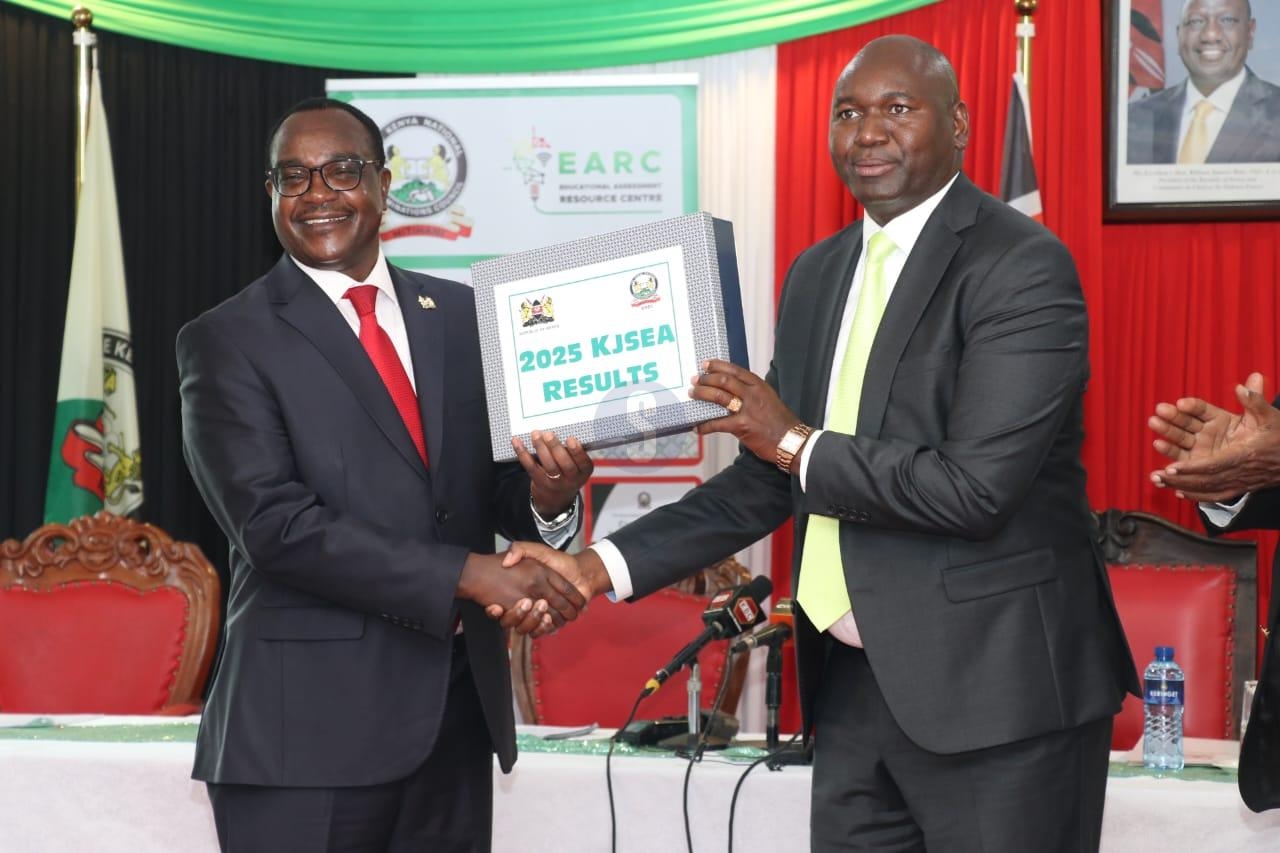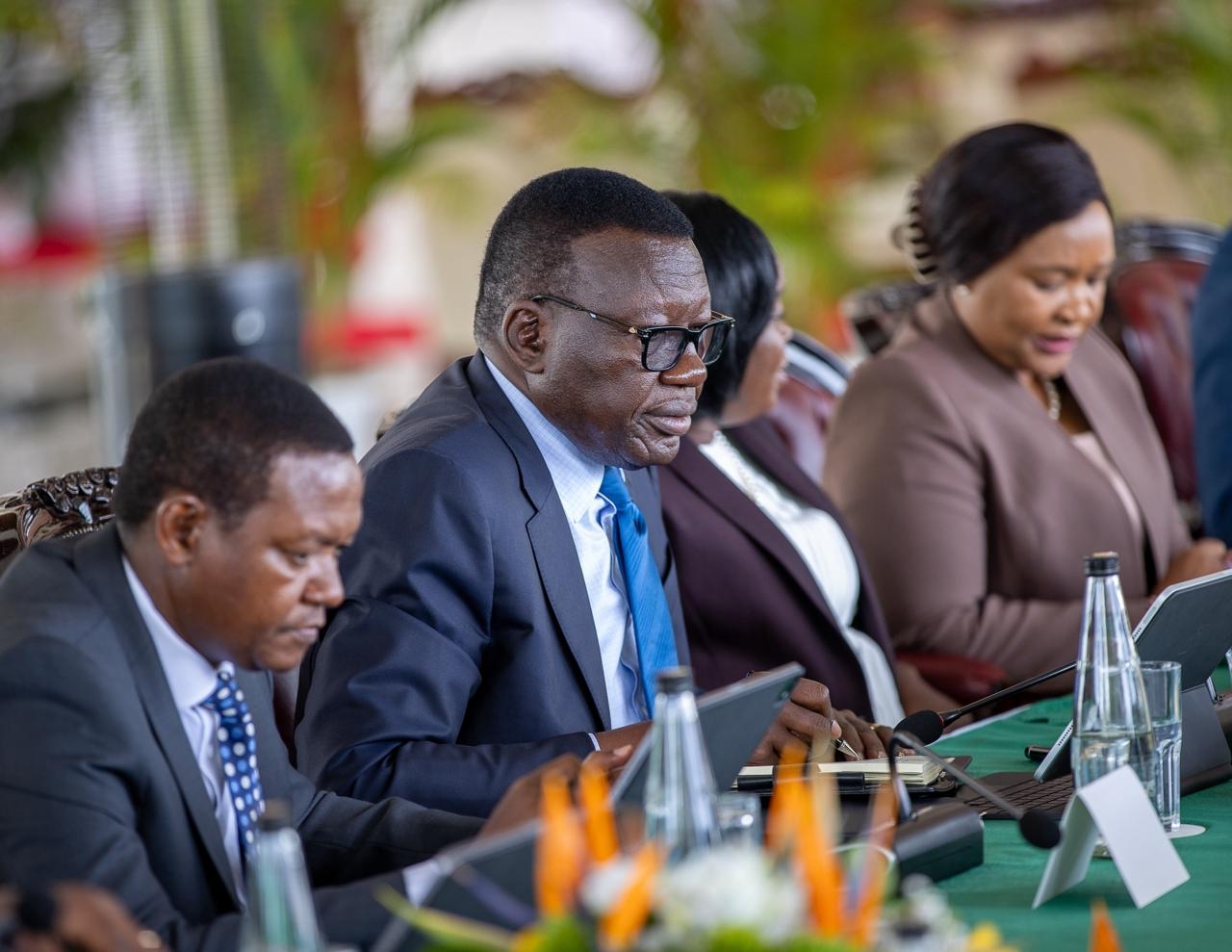
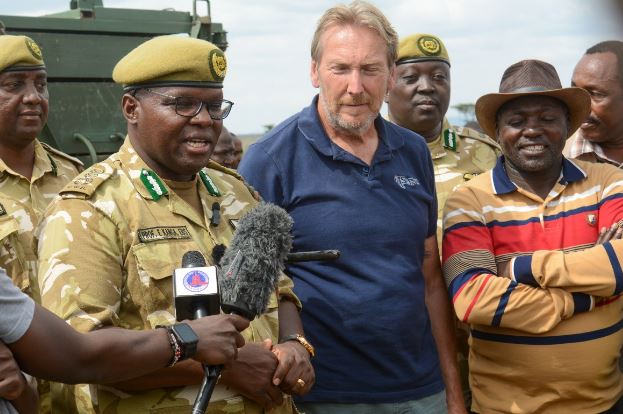 Jochen Zeitz, (centre) Founder of the ZEITZ Foundation,
flanked by Prof. Erustus Kanga, Director-General of KWS and Laikipia Governor Joshua
Irungu at Segera Conservancy which received the first batch of 21 Eastern Black
rhinos/HANDOUT
Jochen Zeitz, (centre) Founder of the ZEITZ Foundation,
flanked by Prof. Erustus Kanga, Director-General of KWS and Laikipia Governor Joshua
Irungu at Segera Conservancy which received the first batch of 21 Eastern Black
rhinos/HANDOUTIn a landmark move to bolster conservation of one of the world’s most endangered species, Kenya Wildlife Service (KWS) and Zeitz Foundation have launched a rhino translocation initiative to Segera Conservancy in Laikipia County.
The exercise, presided over by Cabinet Secretary for Tourism and Wildlife Rebecca Miano, marks a historic step in establishing one of the largest connected rhino landscapes in the world.
The translocation will see 21 critically endangered Eastern Black Rhinos moved from the neighbouring Ol Pejeta Conservancy to the 50,000-acre Segera Conservancy.
The initiative is part of a broader strategy aimed at expanding rhino ranges, protecting biodiversity, and generating sustainable benefits for local communities.
“This translocation is a bold affirmation of Kenya’s enduring commitment to securing the future of one of the world’s most iconic yet critically endangered species,” said Cabinet Secretary Miano during the launch.
She emphasised that the project builds on decades of conservation progress, noting that Kenya's black rhino population has increased from just 384 in 1989 to 1,059 by the end of 2024.
Kenya is currently home to 80 per cent of the global eastern black rhino population, alongside 1,041 southern white rhinos and the last two known northern white rhinos.
KWS Director-General Prof. Erustus Kanga hailed the translocation as a major step forward in Kenya’s conservation strategy.
“The establishment of the Segera Rhino Sanctuary is a critical component of our long-term plan to expand rhino ranges. It marks the beginning of a mega Laikipia sanctuary, creating a vast contiguous landscape that can sustainably support growing rhino populations,” he said.
The founder of the Zeitz Foundation, Jochen Zeitz, echoed the importance of the project, saying, “By giving the rhinos a new expansive home, we not only expect to see their numbers increase significantly, but we also ensure that conservation efforts deliver tangible benefits to local communities and the environment.”
In keeping with the foundation’s commitment to holistic conservation, the project promises employment opportunities, capacity building, and community-based learning initiatives. It is expected to bolster conservation-based economies in the region while fostering coexistence between people and wildlife.
The rhinos selected for the initial phase of the relocation have been raised in Ol Pejeta Conservancy (OPC). Samuel Mutisya, OPC’s Head of Research and Species Conservation, described the exercise as both a scientific and strategic move.
“By contributing nine individuals to Segera, we are helping to establish a genetically diverse and resilient population in a new, secure habitat. This is central to our mission of science-driven species recovery,” he said.
The relocation process is expected to take 18 days, during which KWS specialists will closely monitor the rhinos to help them adjust to their new environment.
Organisers have stressed that existing land rights and boundaries will remain unchanged, and robust ecological monitoring systems will be implemented to ensure habitat sustainability and reduce human-wildlife conflict.


